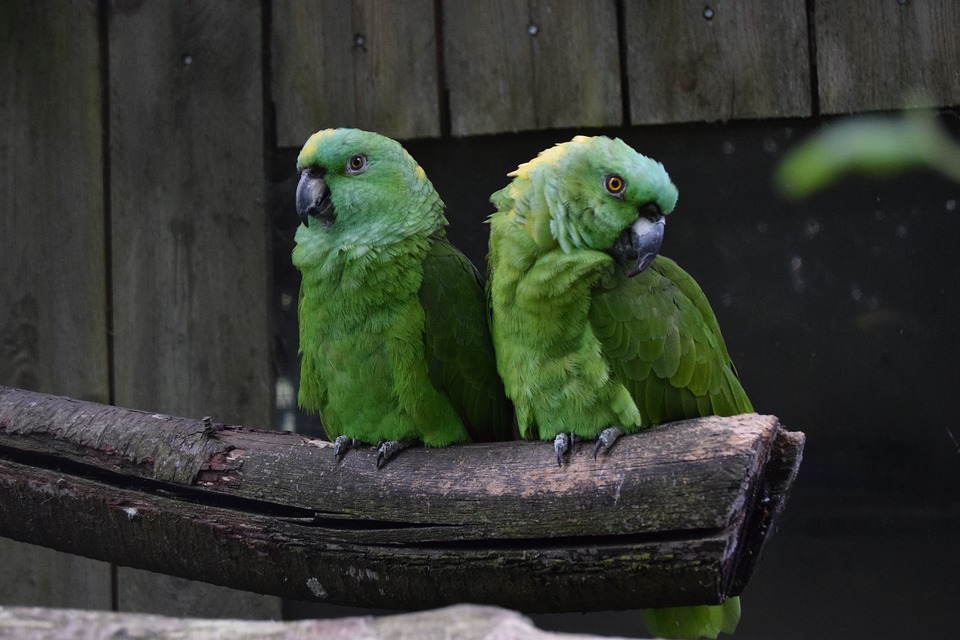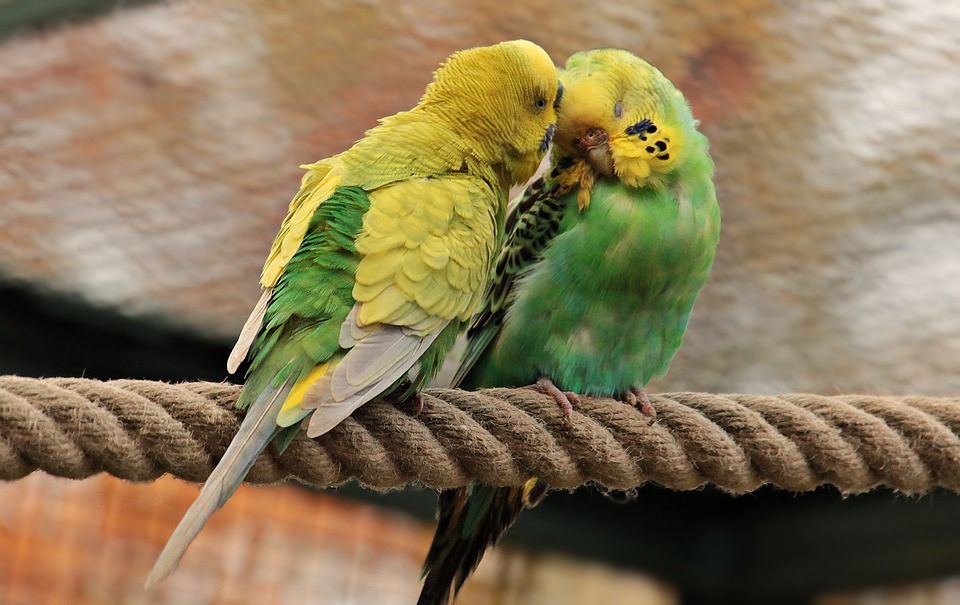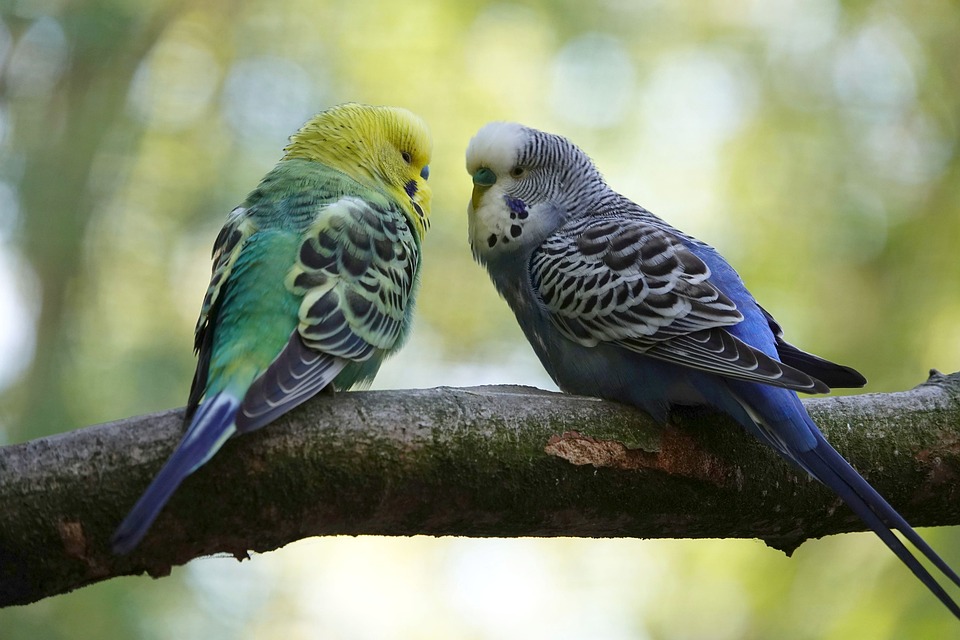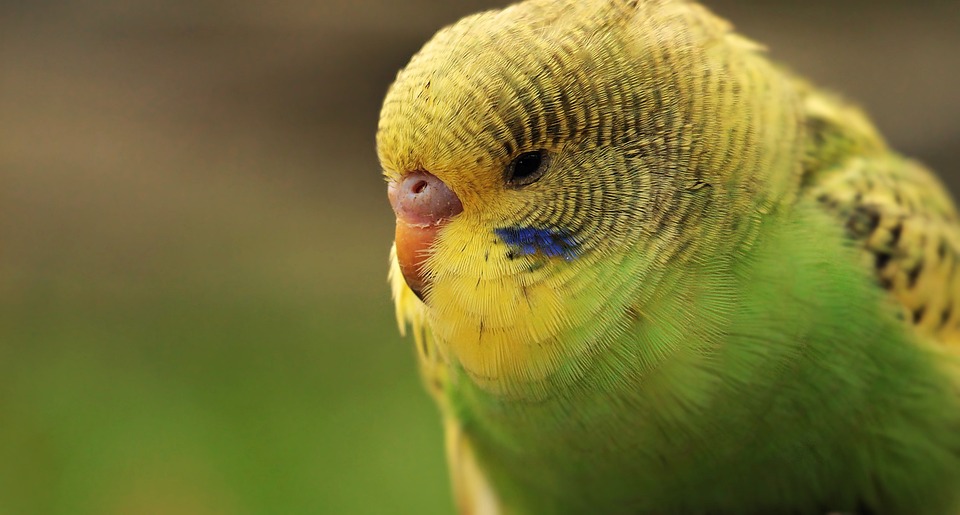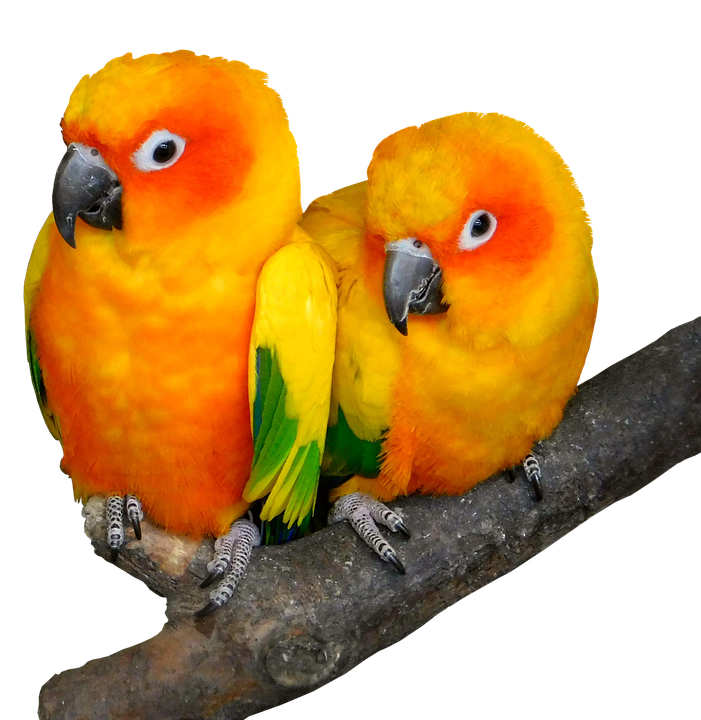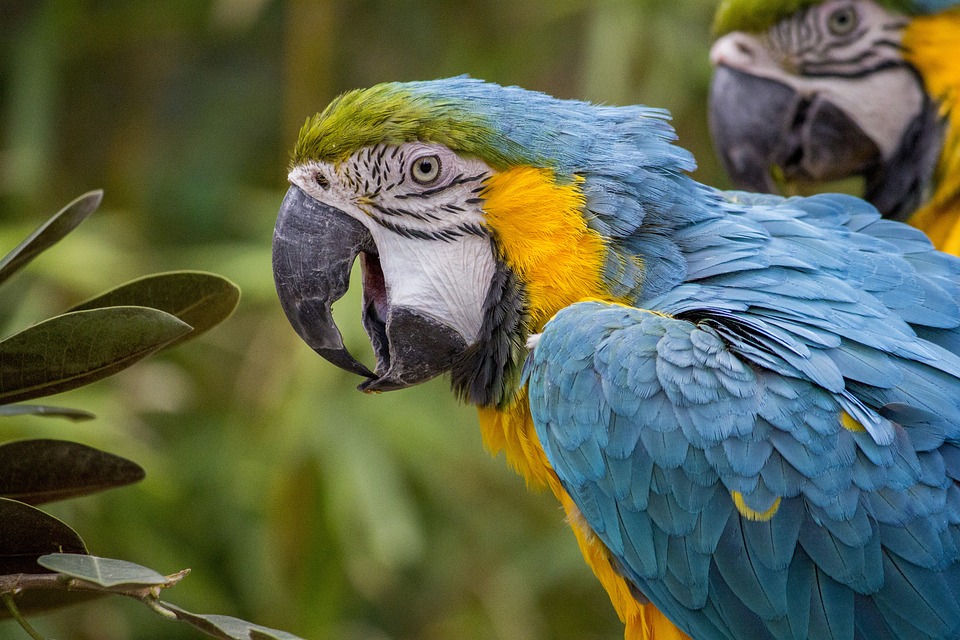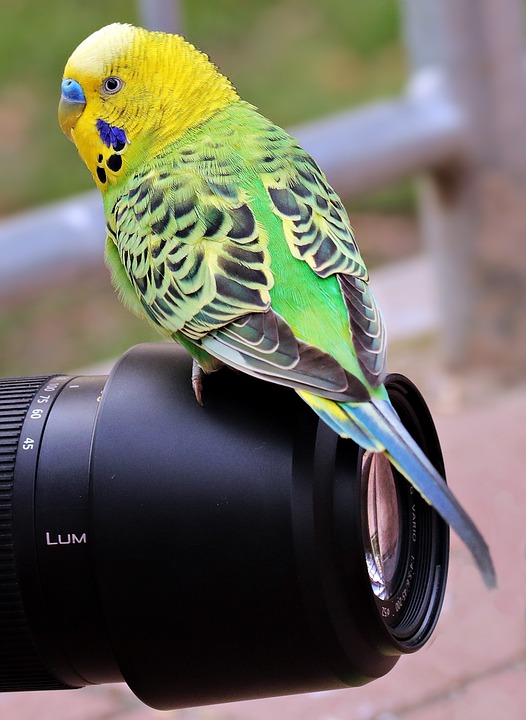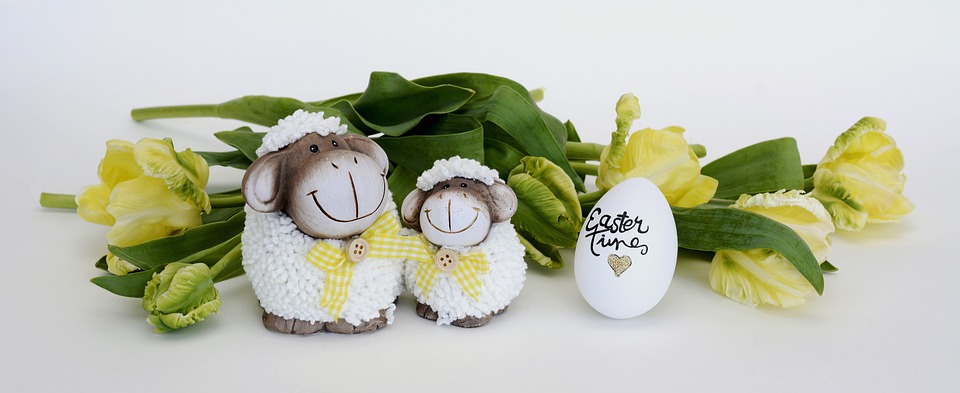Introduction:
Parrots are highly intelligent and social creatures that communicate in various ways. One of the most fascinating aspects of their behavior is vocalization, especially during greetings. In this article, we will delve into the world of parrot vocalizations during greetings, their meanings, and how to interpret them. So, let’s embark on this exciting journey of understanding parrot behavior!
I. The Importance of Vocalizations in Parrot Communication
– Vocalizations as a form of social interaction: Parrots use vocalizations to communicate with other birds and their human companions. It is an essential part of their social interaction.
– Role of vocalizations in bonding with their human companions: When parrots greet their human companions, vocalizations play a crucial role in strengthening the bond between them.
– Vocalizations as a means of expressing emotions: Parrots use vocalizations to express their emotions, whether it’s excitement, contentment, or agitation.
II. Different Types of Parrot Vocalizations during Greetings
A. Whistling and Mimicking Sounds
– Parrot’s ability to mimic human speech and sounds: Parrots are famous for their ability to mimic human speech and sounds. During greetings, they may whistle or mimic sounds they have learned.
– Whistling as a form of greeting: Whistling is a common way for parrots to greet their human companions. It can be a simple, melodic whistle or a more complex tune.
– Common sounds parrots mimic during greetings: Parrots may mimic phone ringing, doorbells, or other sounds associated with their human’s arrival.
B. Chattering and Rumbling
– Chattering as a sign of excitement and eagerness: Parrots often chatter rapidly when they are excited or eager to greet their human companions. It is a way for them to express their anticipation.
– Rumbling sounds as a form of contentment and relaxation: Parrots may make rumbling sounds during greetings as a sign of contentment and relaxation. It indicates that they are comfortable and happy.
– Understanding the context of chattering and rumbling during greetings: It’s important to consider the context in which chattering or rumbling occurs during greetings. It can provide insights into the parrot’s emotions and state of mind.
C. Squawking and Screeching
– Squawking as a form of attention-seeking behavior: Parrots may squawk loudly during greetings as a way to get attention. It can be their way of saying, “Look at me!”
– Screeching as an expression of excitement or agitation: Parrots may screech during greetings when they are extremely excited or agitated. It is a high-pitched vocalization that signifies heightened emotions.
– Dealing with excessive squawking or screeching during greetings: If your parrot’s squawking or screeching becomes excessive or bothersome, it’s important to address the underlying cause, such as boredom or anxiety.
III. Interpreting Parrot Vocalizations during Greetings
A. Body Language
– Observing body posture and movements during vocalizations: Pay attention to your parrot’s body posture and movements during vocalizations. It can provide clues about their comfort level and emotions.
– Identifying signs of comfort or discomfort: Look for signs of relaxed body posture, fluffed feathers, and a calm demeanor, which indicate comfort. Conversely, signs of discomfort include raised feathers, pinned eyes, and a tense body.
B. Tone and Pitch
– Analyzing the tone and pitch of vocalizations: The tone and pitch of a parrot’s vocalizations can convey different emotions. High-pitched vocalizations may indicate excitement or agitation, while lower-pitched ones may signify contentment.
– Recognizing different emotional states: By paying attention to the tone and pitch of vocalizations, you can get a sense of your parrot’s emotional state during greetings.
C. Context and Timing
– Understanding the context in which vocalizations occur: Consider the context in which vocalizations occur during greetings. Is your parrot vocalizing immediately upon your arrival, or does it start after a few minutes? This can provide insights into their anticipation or comfort level.
– Recognizing patterns and associations with greetings: Over time, you may notice patterns in your parrot’s vocalizations during greetings. They may have specific vocalizations for different family members or certain times of the day.
IV. FAQs (Frequently Asked Questions)
Q1. Why does my parrot whistle when I come home?
A1. Whistling is a common way for parrots to greet their human companions. It is their way of expressing excitement and acknowledging your arrival.
Q2. What should I do if my parrot starts screeching excessively during greetings?
A2. Excessive screeching may indicate heightened emotions or discomfort. Try to identify the underlying cause, such as boredom or anxiety, and address it accordingly. Providing mental and physical stimulation can help reduce excessive screeching.
Q3. How can I encourage my parrot to mimic certain sounds during greetings?
A3. Parrots learn through repetition and positive reinforcement. You can use treats or praise to reward your parrot when they mimic certain sounds during greetings. Consistency and patience are key.
Q4. Is it normal for parrots to squawk loudly when they see other parrots outside?
A4. Yes, squawking is a common behavior among parrots when they encounter other parrots. It is their way of communicating and asserting their presence.
Q5. Can I train my parrot to greet me in a specific way?
A5. Yes, you can train your parrot to greet you in a specific way by using positive reinforcement techniques. With patience and consistency, you can teach your parrot to perform certain behaviors during greetings.
Conclusion:
Parrot vocalizations during greetings offer a unique insight into their behavior and emotions. By understanding the different types of vocalizations and interpreting them through body language, tone, and context, we can deepen our bond with these magnificent birds. Remember, each parrot is unique, so take the time to observe and learn your parrot’s individual vocalization patterns. Happy greetings with your feathered friend!

